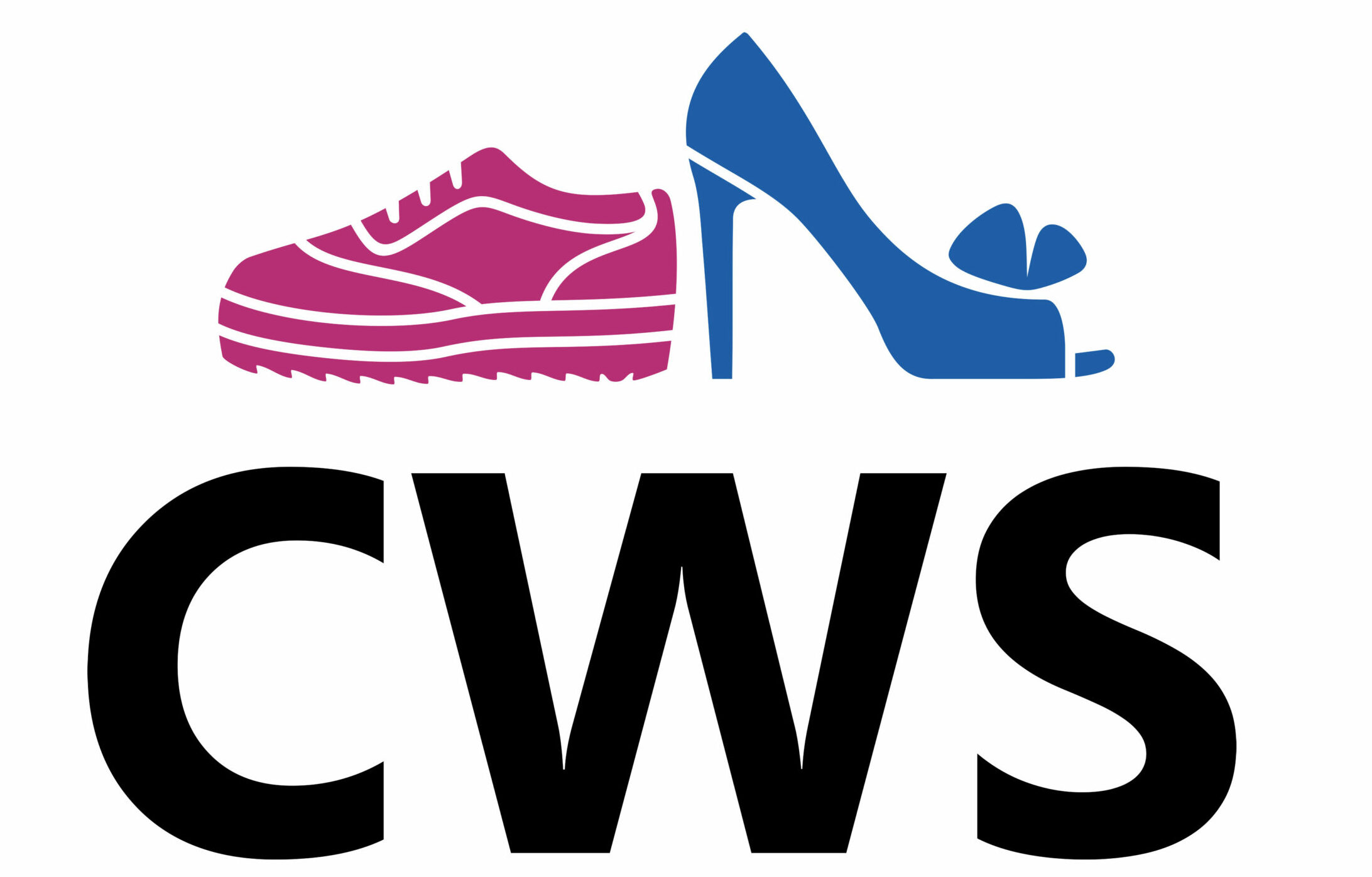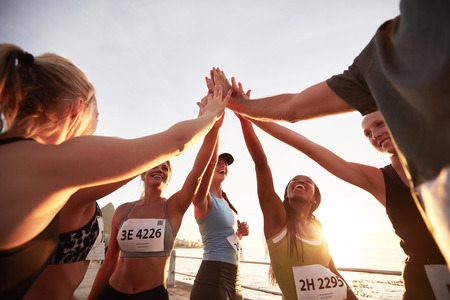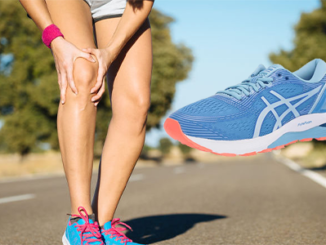
Have you developed a blister that is making it uncomfortable for you to run? Blisters are caused by friction, and one of the most common reasons why women develop blisters is from wearing shoes that rub the wrong way against their feet. Therefore, in this post we will focus on the best running shoes for women with blisters.
Some women develop blisters while running, as anything that intensifies rubbing can start a blister, including a faster pace, poor-fitting shoes, and foot conditions such as bunions. Blisters are more common than you think, but I have found the best way to prevent them and treat them.
My Role in Fitting Women’s Shoes – Over a Decade of Shoe Fitting Experience
I pretty much know every trick on the book to make your current shoes fit and feel better. One of the most common places where women get blisters is around their heels, but blisters are also common around the toes and on the side and top part of the foot:


Women who are dealing with another foot condition such as bunions usually also develop blisters on their toes. Take a look at the image below of a woman with a bunion who developed several blister on her toes:

First Things First – Are You 100% Sure of Your Foot Length and Shape?
Just because you have been wearing a certain shoe size your whole life it doesn’t mean that your foot size hasn’t changed. Most women that walk to the store are either wearing shoes that are too short or too narrow.
Shoes that are too short or too narrow are one of the main causes of why women develop blisters. Shoes that are too big or too wide can also cause blisters because they allow for too much foot movement inside the shoes.
I created a different article that helps women determine their exact foot length and foot shape —narrow, medium, wide, extra wide— and whether they have a high instep or not:
How to Measure Your Foot Shoe Size – The Most Simple and Effective Way!
If you are sure of your foot size then continue reading to find out which are the best running shoes for women with blisters.
I am going to start by showing you how to prevent blisters by following 3 simple steps, and you can use these tips to help you treat your current ones.
How to Prevent Blisters — Follow These 3 Easy Steps
1️⃣ Step #1: Make sure that your shoes fit properly.
You won’t believe the number of women who walk to the store wearing shoes that are either too short or too narrow. They claim they have been wearing the same shoe size for years and refuse to try a bigger size. This is quite frustrating for me as I keep bringing shoes in the right size for them to try but they refuse to wear them because they make their feet look big.
Running shoes should always be sized half a size up (0.3 inches or o.6 centimeters) of space between your longest toe and the end of the shoes. Your longest toe doesn’t necessarily have to be the big toe, it can be the second or even the third toe.
Whether you size your shoes a half a size or a whole size bigger depends on how that particular shoe style fits. Some shoe brands such as Asics tend to fit short and narrow, while some other shoe brands such as Converse tend to fit long and wide.
My point is that women should stop thinking about the shoe size when buying their running shoes and go with whichever size feels more comfortable.
Once I convince women to try a different shoe size I would say that 80% of the time they end up agreeing that they do need a bigger size. However, some women say that the shoes are a no-go simply because: “These shoes make my feet look too big”
You should be able to run without jamming your toes into the front of your shoe. When standing, you should never feel the end of the toe box with your longest toe. Sometimes going up half a size—or even a full size—will make a world of difference in comfort!
Remember to take a look at this article if you are unsure of your foot size or foot shape:
How to Measure Your Foot Shoe Size – The Most Simple and Effective Way!
2️⃣ Step #2: Make sure that you wear the correct type of socks.
Socks play a key role in keeping a runner’s feet healthy. They act as a protective barrier between the feet and the shoes, and depending on the type of sock that you get they can be a good ally or your worst enemy in preventing blisters.
Avoid cotton socks at all costs. The main issue with cotton socks is how they absorb an incredible amount of water, making your feet wet and your skin soggy and soft, which makes it more prone to developing blisters.
Look for socks that are made from Merino wool, which is a fiber you can wear year-round thanks to its ability to regulate temperature and wick moisture away. Sock length is a matter of personal style. However, if you like to wear no-show socks make sure that they cover up until where the shoe ends.
Most women seem to have one question in common: What are the best running socks to prevent blisters?
I put together a selection of the best running socks for women that can be worn for running or as everyday socks:
- 80% Bamboo 17% Polyamide 3% Elastane
- Made of high-quality bamboo fiber which is softer and more comfortable than cotton
- Machine washable
- 97% Polyester, 2% Spandex, 1% Other
- Breathable lightweight construction with mesh panels for ventilation
- X-Temp technology adapts to your body temperature for all day comfort
- Moisture Wicking Cool Comfort fabric keeps you cool and dry
3️⃣ Step #3: Make sure that you lace your running shoes properly.
Lacing your shoes properly sounds simple enough, but many women tie their shoes too loosely, which can cause blisters. If the shoes are not tied properly it can cause your feet to move too much inside the shoes, and that constant movement and friction between the feet and the shoes can lead to blisters.
When shoes are not tied properly it can lead to heel slippage, and the heels are one of the most susceptible areas where women get blisters.
To secure your foot efficiently and comfortably – and avoid annoying heel slippage – take a look at a shoe lacing technique that my coworker who has over 30 years of shoe fitting experience taught me:
The Best Way to Tie Shoes – The Proven Method to Make Your Shoes Feel Better!
Following these 3 simple steps will highly reduce the likelihood of developing a blister and it will also help treat your current ones.
I am going to show you a selection of the best running shoes for women with blisters. These shoes help treat and prevent blisters as they provide excellent cushioning and targeted padding around the heels. Make sure that you order the correct size and that you apply the shoe lacing technique I showed you before.
Best Running Shoes for Women with Blisters – Targeted Cushion and Support to Prevent Friction!
Below you can find a selection of the best running shoes for women. These shoes are available in different widths so make sure that you order the correct shoe width — N=Narrow, M=Medium, Wide=(“W”, “EE”), Extra Wide =(“XW”, “EEEE”). Disclosure: Some links in this post may be affiliate links and we may receive a small commission (at no extra cost to you) when you click our links and make purchases. This allows us to create free content and resources for many families around the world.
- Available in narrow, medium, wide, and extra wide widths and also accommodate high insteps
- An ENCAP midsole combines lightweight foam with a durable polyurethane rim to deliver all-day support
- Dual-density collar foam that offers support and comfort for your heels and ankles
- Suede and mesh upper
- Order this shoe half a size larger than your longest foot size
- Available in narrow, medium, wide, and extra wide widths and also accommodates high insteps
- Cushioning outsole with a mild rocker adds spring to your step.
- Multiple cushioning layers provide pillow-like support that works wonders to enhance comfort and help ease pain on the foot and heel
- Soft, stretchable knit fabric uppers with extra foam padding ease pressure on the foot and provide superior comfort and protection for sensitive feet.
- Order this shoe half a size larger than your longest foot size
- Fits women with narrow or medium feet
- Rearfoot and Forefoot GEL Technology Cushioning System helps attenuate shock during impact and toe-off phases
- DuoMax system enhances stability and support
- Engineered mesh upper improves breathability
- Order this shoe a whole size larger than your longest foot size
- Fits women with narrow or medium feet
- Durable full-length EVA midsole to absorb shock and offer stability
- Breathable open engineered textile mesh upper with seamless synthetic overlays
- Order this shoe half a size larger than your longest foot size
- Available in medium, wide, and extra wide widths and also accommodates high insteps
- Fresh Foam midsole cushioning is precision engineered to deliver an ultra-cushioned, lightweight ride
- Medial post helps control pronation
- Order this shoe half a size larger than your longest foot size
- Available in medium, wide, and extra wide widths and also accommodates high insteps
- Fresh Foam midsole cushioning is precision engineered to deliver an ultra-cushioned, lightweight ride
- Medial post helps control pronation
- Order this shoe half a size larger than your longest foot size
- Fits medium and wide feet and also accommodates high insteps
- VERSARUN cushioning absorbs impact and reduces pressure for comfortable strides at every level of walking and running
- Added heel support for a more comfortable, secure hold.
- Order this shoe half a size larger than your longest foot size
- Available in narrow, medium, wide, and extra wide widths
- DNA LOFT offers incredibly soft cushioning that now extends beyond the heel, allowing for an easy transition from landing to toe-off.
- Removable foam insole for excellent underfoot comfort and support.
- Order this shoe half a size larger than your longest foot size
- Fits women with narrow, medium, and wide feet
- Rearfoot and Forefoot GEL Technology Cushioning System helps attenuate shock during impact and toe-off phases
- DuoMax system enhances stability and support
- Order this shoe a whole size larger than your longest foot size
- Available in medium and wide widths and also accommodates high insteps
- CMEVA (Compression Molded EVA) midsole delivers lightweight, durable, responsive cushioning
- Strategic high-abrasion rubber zones to reduce weight
- Soft, stretchable knit fabric uppers with extra foam padding ease pressure on the foot and provide superior comfort and protection for sensitive feet
- Order this shoe half a size larger than your longest foot size
What Shoe Size Should You Order?
Take a look at the description below the shoes that I recommended to find out what shoe size you should order.
All of the running shoes I recommend are supportive, lightweight, flexible, and breathable. They are rated as the best running shoes for women and I suggest that you take the time to read some of the reviews of other women who already tried these running shoes. You will also notice how the shoes come with extra padding around the heels.
If you have any doubts on whether the shoes are fitting your feet correctly or you have any questions about the running shoes I recommend do not hesitate to reach out directly via e-mail.
My Final Thoughts On Treating and Preventing Blisters
Contrary to popular belief, blisters are not a “normal part” of breaking-in your shoes. I don’t let women walk out of the store until the shoes feel great right out of the box.
The worst part about developing a blister is that they don’t heal quickly, which might prevent you from doing the things you love such as exercising and running.
I understand that most people want to wear running shoes that look good, but when it comes to running shoes, it’s more about feel than looks.
Thank you for reading! We hope you found helpful this post on the best running shoes for women with blisters. Please feel free to share this post with your community on social media as well as your experiences in the comments section below. If you have any questions or need any further assistance, you can also contact us via e-mail and we will get back to you as soon as possible.


















Be the first to comment